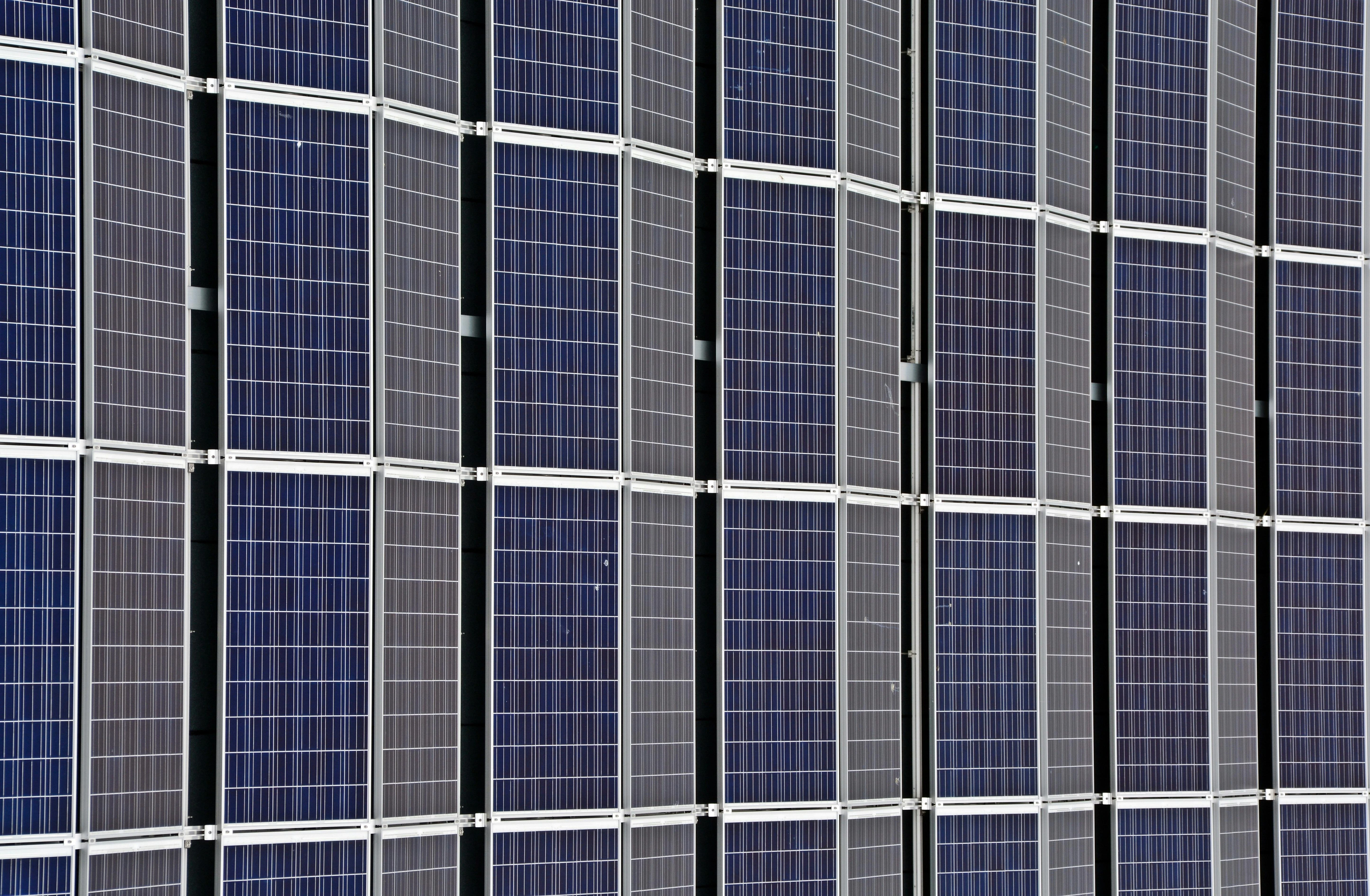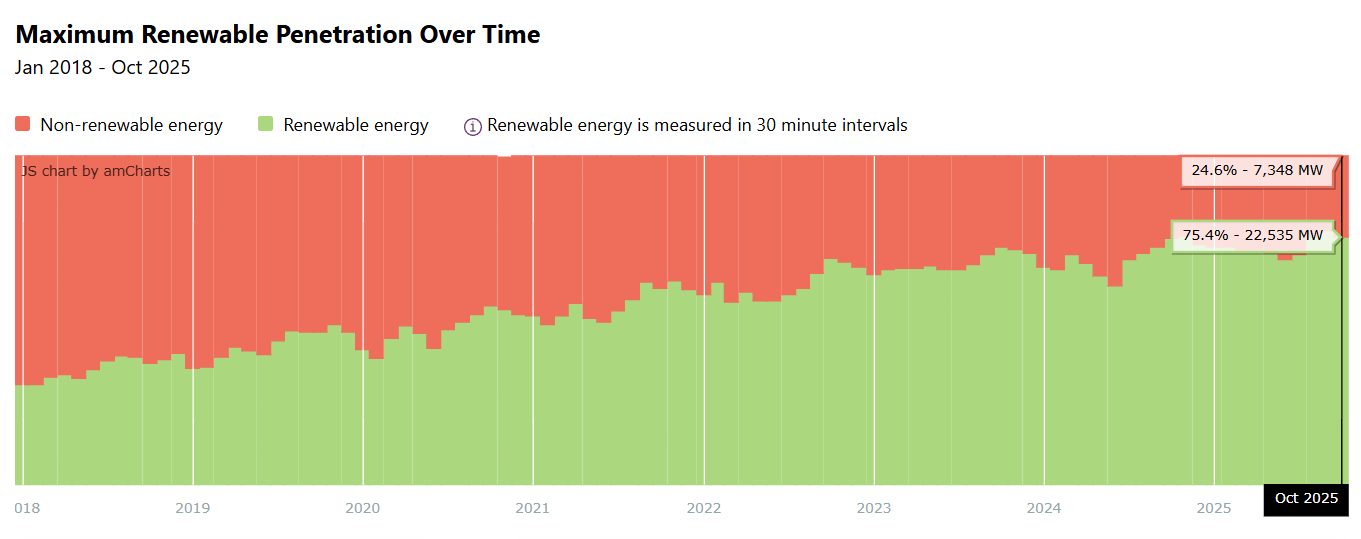Have we Reached a Renewables Tipping Point in Australia?

September was a turning point for Australia’s electricity system. For the first time ever, renewables supplied more than half of the power in the National Electricity Market (NEM) on average across an entire week. On 21 September, the seven-day rolling average of renewable generation pushed past 50%, reaching 50.8% the next day. That’s not just a quick spike—it’s proof that clean energy is now carrying the load over extended periods.
The daily records were equally impressive.
At 11:50 a.m. on 22 September, renewable generation shot up to 78.6% of total demand, edging past the 77.9% set the day before (Climate Change Authority). Solar and wind led the charge, with rooftop solar alone covering nearly half of all electricity needs at one point—an incredible 45.9% of demand across the five NEM states. The surge left fossil fuels at a historic low: coal dropped to 21.9% of generation, while the combined share of coal and gas fell to just 22.5%.
If you look back at the timeline, Australia’s clean energy climb has been fast. The NEM’s seven-day renewable average only crossed 20% in 2018. By late 2019 it rose to 30%, by 2022 it was above 40%, and now we’ve hit 50%. That’s a massive shift in under a decade, and it reflects both rooftop solar adoption and utility-scale wind and solar farms coming online.

But it’s not all smooth sailing.
During this record-breaking week, 12.3% of potential renewable generation was lost to curtailment—essentially clean energy that could have been used but wasn’t, either because of limits on the grid or because prices turned negative. Batteries, which are often seen as the solution, played only a small role, soaking up about 3.9% of midday solar before discharging little during peak times. Hydropower, on the other hand, stepped in more directly, balancing the system with between 2–11% of generation.
Solar growth in particular has been remarkable.
In August 2025 alone, solar output across the NEM jumped 22.5% compared to July, hitting 3,338 GWh as Australia moved from winter into spring (PV Tech data spotlight). With more projects still in the pipeline, the challenge now isn’t whether renewables can generate enough—it’s how to manage and store it effectively so less gets wasted.
In short, September’s milestone shows that renewables are no longer a side player in Australia’s energy mix. They’re taking centre stage and proving they can consistently power the nation. The spotlight now shifts to new transmission, smarter storage, and flexible grid solutions that will unlock the full value of this clean energy boom.


















